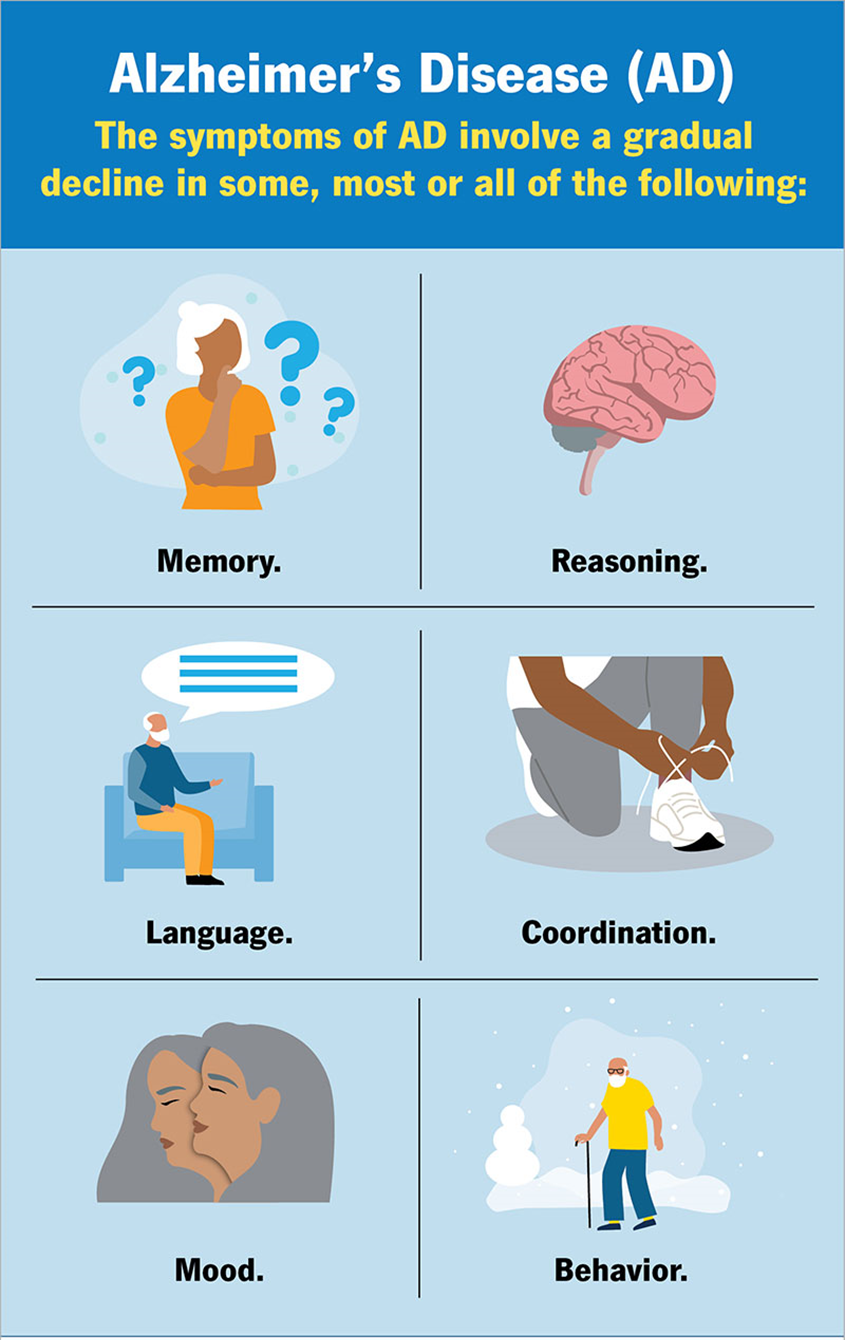The nurse is planning health teaching for a client starting on donepezil for Alzheimer’s disease (AD). For which side effect will the nurse teach the family to monitor?
Low oxygen saturation
High blood pressure
Elevated body temperature
Low pulse rate
The Correct Answer is D
Choice A Reason:
Low oxygen saturation is not a common side effect of donepezil. Donepezil is a cholinesterase inhibitor used to treat symptoms of Alzheimer’s disease by increasing the levels of acetylcholine in the brain. While it can have various side effects, respiratory issues like low oxygen saturation are not typically associated with this medication. Therefore, monitoring for low oxygen saturation is not a primary concern for patients starting donepezil.
Choice B Reason:
High blood pressure is also not a common side effect of donepezil. The medication primarily affects the central nervous system and does not typically cause significant changes in blood pressure. While it is always important to monitor a patient’s overall health, high blood pressure is not a side effect specifically linked to donepezil use. Therefore, it is not a primary focus for monitoring in this context.
Choice C Reason:
Elevated body temperature is not commonly associated with donepezil. The side effects of donepezil are more likely to involve gastrointestinal issues such as nausea, vomiting, and diarrhea, as well as muscle cramps and fatigue. Elevated body temperature is not a typical reaction to this medication, so it is not a primary concern for monitoring.
Choice D Reason:
Low pulse rate, or bradycardia, is a known side effect of donepezil. Donepezil can increase the levels of acetylcholine, which can affect the heart’s electrical conduction system and lead to a slower heart rate. This can be particularly concerning in elderly patients or those with pre-existing heart conditions. Therefore, it is crucial for the nurse to teach the family to monitor the client’s pulse rate regularly and report any significant decreases to the healthcare provider.

Nursing Test Bank
Naxlex Comprehensive Predictor Exams
Related Questions
Correct Answer is ["A","B","C","D"]
Explanation
Choice A reason: A buffalo hump is a characteristic sign of Cushing’s syndrome. It refers to the accumulation of fat on the back of the neck and shoulders. This symptom occurs due to the excessive production of cortisol, which leads to abnormal fat distribution in the body.
Choice B reason: Moon face is another hallmark of Cushing’s syndrome. It describes the rounding and fullness of the face, which results from fat deposits. This symptom is also caused by prolonged exposure to high levels of cortisol.
Choice C reason: Hypertension, or high blood pressure, is commonly associated with Cushing’s syndrome. Cortisol increases blood pressure by enhancing the sensitivity of blood vessels to catecholamines and by promoting sodium and water retention.
Choice D reason: Purple striations, or stretch marks, are often seen in individuals with Cushing’s syndrome. These marks typically appear on the abdomen, thighs, breasts, and arms. They result from the thinning of the skin and the breakdown of collagen due to elevated cortisol levels.
Choice E reason: Tremors are not typically associated with Cushing’s syndrome. While Cushing’s syndrome can cause a variety of symptoms, tremors are more commonly linked to other conditions such as hyperthyroidism or neurological disorders.
Correct Answer is ["A","B","D","E"]
Explanation
Choice A Reason:
Aspirating the stomach contents is essential to ensure the nasogastric tube is correctly positioned in the stomach. This step helps verify that the tube has not migrated and is safe for medication administration. If the aspirate is not obtained, further steps should be taken to confirm the tube’s placement.
Choice B Reason:
Checking the residual volume is important to assess the stomach’s contents and ensure that the patient is tolerating the feedings or medications. High residual volumes may indicate delayed gastric emptying or other gastrointestinal issues. This information helps guide the timing and amount of medication administration.
Choice C Reason:
Removing the tube and placing it in the other nostril is not a standard practice before administering medication. This action is unnecessary and could cause discomfort or complications for the patient. The focus should be on verifying the tube’s placement and ensuring it is functioning correctly.
Choice D Reason:
Testing the stomach contents for a pH indicating acidity is a reliable method to confirm the nasogastric tube’s placement. Gastric contents typically have a pH of 1 to 5, indicating the tube is in the stomach. This step helps ensure the safe administration of medications.
Choice E Reason:
Turning off the suction to the nasogastric tube is necessary before administering medications. Suction can interfere with the absorption of the medication and may cause the medication to be removed from the stomach before it has a chance to take effect. Therefore, it is important to turn off the suction temporarily during medication administration.
Whether you are a student looking to ace your exams or a practicing nurse seeking to enhance your expertise , our nursing education contents will empower you with the confidence and competence to make a difference in the lives of patients and become a respected leader in the healthcare field.
Visit Naxlex, invest in your future and unlock endless possibilities with our unparalleled nursing education contents today
Report Wrong Answer on the Current Question
Do you disagree with the answer? If yes, what is your expected answer? Explain.
Kindly be descriptive with the issue you are facing.
